MoonDrop Venus Review: A Comprehensive Look at the Headphone Industry's Most Promising New Entrant
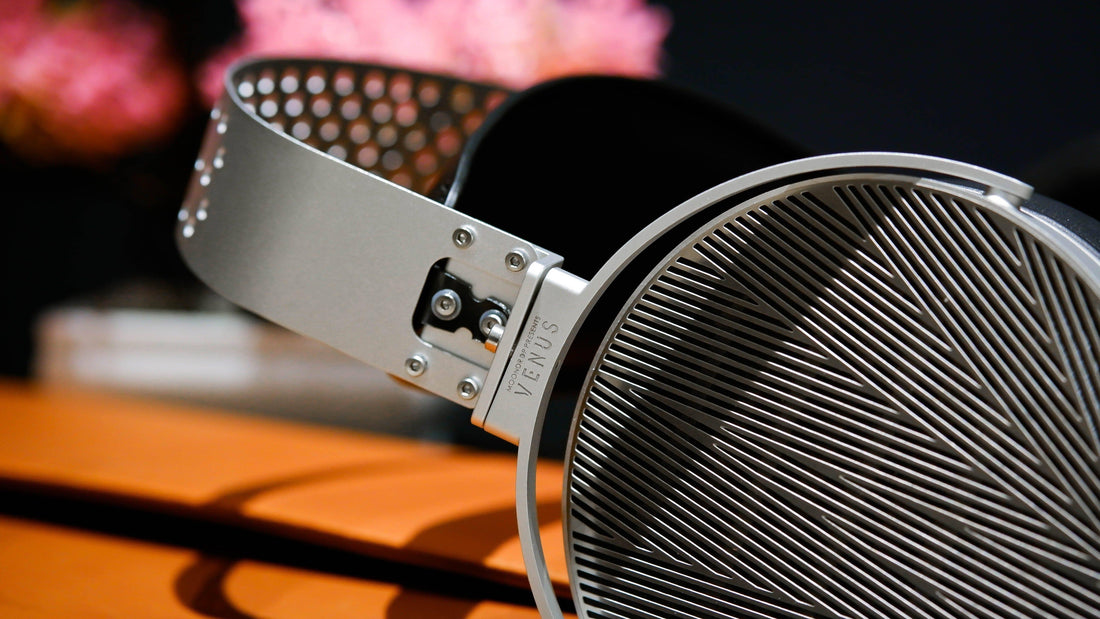
Introduction
In the summer of 2022, MoonDrop held a conference to announce their intention to properly compete in the headphone market. Known for their line-up of mostly excellent IEMs, MoonDrop’s foray into headphones is not wholly unexpected as many fans had long asked the question of when MoonDrop would release their own line of headphones. To answer the call, they unveiled details on three open-back models: the dynamic driver Void ($199), the planar magnetic Venus ($599), and the electrostatic MoonZero ($999). I wrote an article on the event a while back providing some of my initial thoughts on the announcement. Finally released after a couple of delays at a new price of $549, the MoonDrop Venus is, in my opinion, the most important of the line-up as its performance will establish if MoonDrop is a true competitor in the market against the planar dominance by HiFiMan. With the Venus now in hand, I’ll finally have a chance to hear for myself where it stands.
If this is your first time looking into headphones after being drawn by the MoonDrop name, I would highly recommend you read my two reviews of the HiFiMan Sundara and Ananda first as they will give you a good primer for the rest of this article especially for the comparison section.
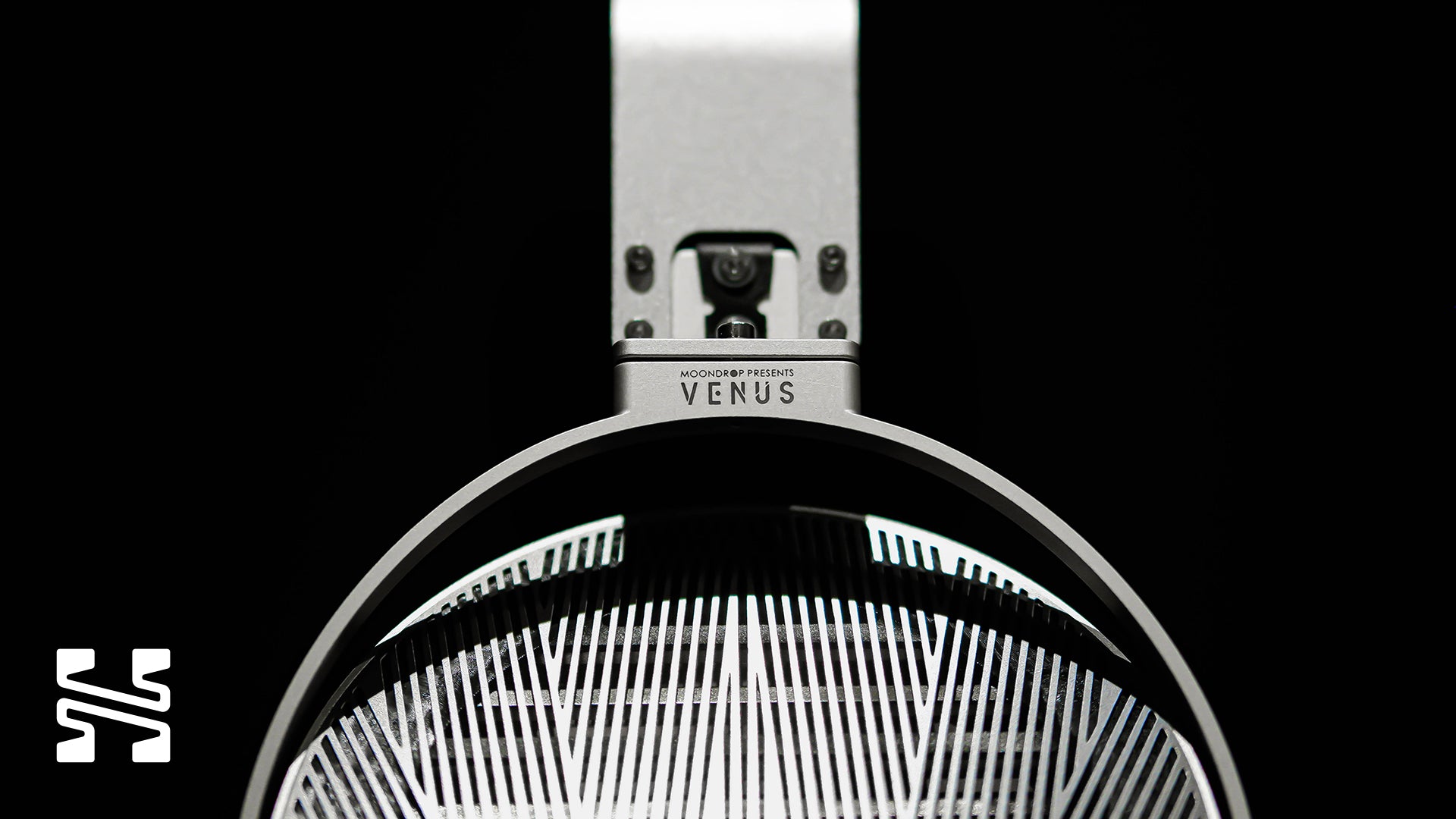
Product Summary
What we like
- Extremely well tuned with great midrange clarity
- Competitive technical performance, especially detail retrieval
- A true alternative to the HiFiMan planars
What we don’t like
- Middling imaging and layering ability
- Upper treble peak can be a bit bright
- Can be heavy for some
Build and Comfort
The Venus has a very honest design to it. From its industrial all-metal frame, you can see how every part fits together with each screw exposed in place. If you need to disassemble it for whatever reason, be it for repair or DIY curiosity, the Venus is possibly one of the simplest and no-nonsense builds I’ve seen on a headphone. Driver durability aside, the Venus is a solidly built headphone and one I expect to be able to stand up to some level of abuse.
Consequently, the Venus is a heavy headphone with a real heft to it. Clocking in at ~615 g, all that weight is held up by a simple suspension strap headband that adjusts to the size of your head. In contrast to its substantial frame, the suspension strap feels cheap. Its padding is thin and the pleather that covers it is about as generic as it gets. I’m no materials expert but I wouldn’t be surprised if it starts flaking in about 6 months. You might want to cover this up with one of those knitted headband covers.
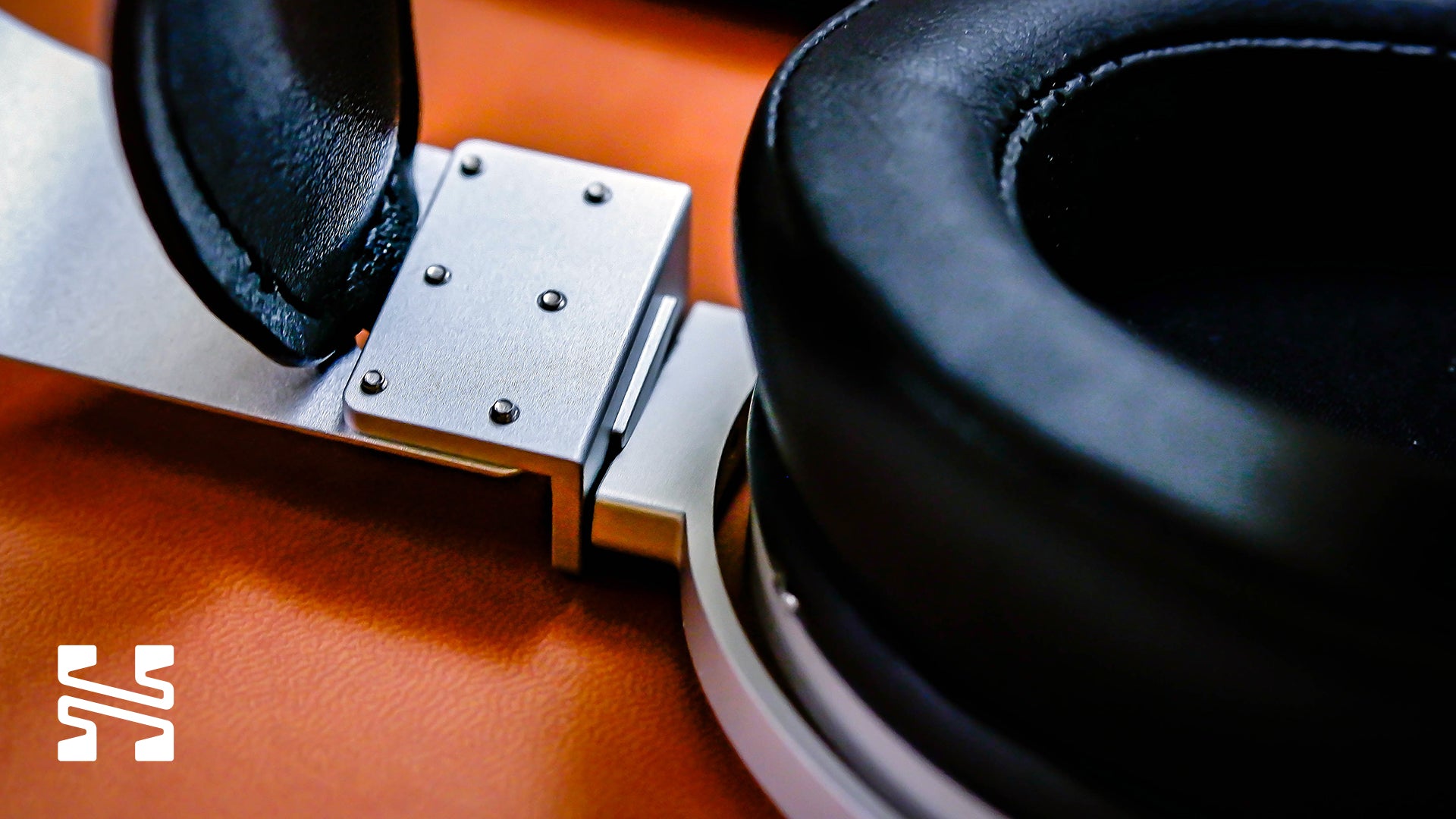
The cheapness of the headband is all the more confusing when the pads of the Venus are significantly more premium. Though it’s not very thick, the padding is plush with a springy rebound. And whatever (fake?) leather they used for these pads, it feels very nice to the touch. I don’t see why they couldn’t have made the headband with the same materials. Do be careful with the pads as it can get caught behind the yoke if you’re too quick in taking them off.
Comfort wise, it’s honestly not too bad. The weight is decently distributed and softened by the headband so there isn’t too much of a pressure spot. The natural adjustment of the suspension strap to place the cups at my ears felt just right - not too high, not too low. The clamp force is firm and holds my head nicely. The large cups have a good amount of swivel and you can actually see the pivot arc right in its frame. The only complaint really is the weight. While not uncomfortable, it’s a weight that you will feel. Given that the clamp force isn’t too tight, you’ll have to be careful when tilting your head forward or back too far as its weight can cause the Venus to slide around. Basically, hold your head reasonably straight and you can wear it for hours without an issue.

A couple other interesting things about its build that might have an affect on its sound. There’s a relatively dense sheet of thin foam between the drivers and your ears, suggesting that it might play a role in helping tame some high energy frequencies instead of merely acting as a barrier against debris. The other notable thing is in regards to its open-back nature. While open-back headphones will obviously be affected by the presence of anything blocking the back of the cups, I noticed the Venus to be quite sensitive to that compared to other headphones. As I played around with holding my hands near the cups, you can very clearly hear how the sound changes even a number of inches away. I bring this up because the grills of the Venus are rather dense. While they look cool with their V-shaped motif, I suspect they might have an impact on the soundstage and sense of openness of the Venus. Also, while we’re on that note, I don’t like the feeling of the grills. Brushing your fingers vertically against it, it feels smooth. But horizontally, it’s surprisingly rough as the slits catch your fingertips. If you’re a tinkerer, I think the Venus shows some very real promise as a modding project.
Finally, the Venus does have detachable cables and uses the 3.5 mm terminations. To this end, it actually comes with two cables. The first is a 3.5 mm black braided cloth cable similar to that of the MoonDrop Aria’s stock cable. The second is a much nicer balanced 4.4 mm 4-core silver braided cable. The Venus is a little power hungry so I opted to run it with the nicer 4.4 mm cable for this review. You will want an amp with this but it doesn’t have to be anything too crazy.
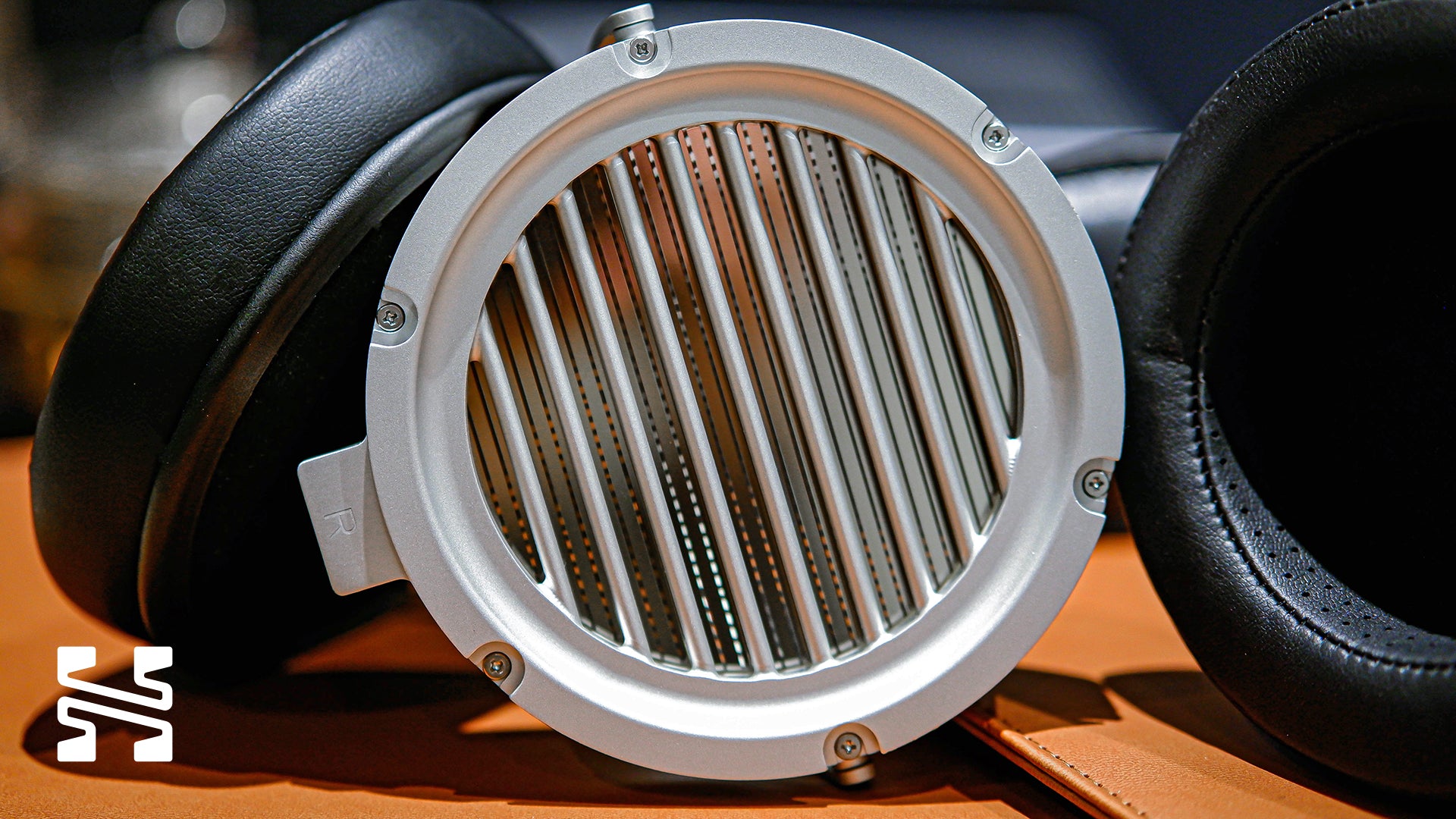
Source(s): Ferrum Audio ERCO Balanced DAC/amp
Sound and Frequency Response
The first time I heard the MoonDrop Venus, I felt whelmed. Just whelmed. Now that’s not necessarily a bad thing per se. There’s plenty of headphones that I didn’t feel anything towards at first listen. The tuning Venus is plain, if on the bright side. Other than your sensitivities in the upper treble, there really isn’t anything to point out about the sound. It’s a very “blank slate” type of sound. Bass is flat. Midrange is clinical. The treble has a bit of spice in certain areas but is otherwise unremarkable. The defining characteristic of its tuning is that it doesn’t have one.

Measurement of the MoonDrop Venus on an industry standard GRAS 43AG measurement rig. The dotted black line represents the Harman target, a reference frequency response developed using consumer preferences. The red line is how the MoonDrop Venus measures. Effectively, this shows how significantly the headphone’s frequency response deviates from the target. Note however that the target is highly smoothed and strict adherence to the Harman target is not necessary for a headphone to sound good.
As you can see in the graph, the Venus is a rather neutral headphone. It has a flattened bass and midrange similar to most high end headphones, upper mids that almost match the Harman curve with a bit of reservation, and some upper treble peaks. Personally, that ~12 kHz seems a little exaggerated on the measurements. Over the course of listening to it over the week I came to enjoy it a lot more than my initial impressions let on. I found that there is a certain level of volume you need to listen to the Venus with. Too low and music lacks vibrancy. Too loud and the treble becomes fatiguing. That Goldilocks zone is narrow and will depend from person to person but pays significant dividends once you find it.
Bass
The bass performance of the Venus focuses on a tight execution without focus in any one area. The subbass extension is good - while its rumble is subtle due to its flattened nature, the undertones of notes are retained. Midbass punch is clean though its transients are a little rounded and I wouldn’t call it sharp necessarily. Decay is quick. The lowest octaves of booming drum notes are ephemeral and start to fade away the moment it lands. That said, sustained notes in the subbass such as piano/synth and bass chords do provide a foundational energy to carry tracks as it was meant to. There’s little coloring in the bass of the Venus, for better or worse depending on your preferences.

An important point of discussion when it comes to bass is dynamic ability. I won’t get anyone’s hopes up here. It won’t have the same level of dynamism as a Focal headphone. Instead, like many planars, the Venus’ low end is highly responsive. It shifts fluidly between all sorts of notes as commanded and maintains a good sense of coherence.
EQ Note: If you want to add a bit more low end for volume, I’d suggest a 3 dB increase with a low shelf at 125 Hz. This should give a fairly gentle slope into the 200 Hz before it flattens.
Mids
From my initial impressions, I found the Venus’ midrange to be clinical. Over the week of listening to it for this review, that thought stays the same. Try as I might, I can’t think of it in any other way. There’s no hint of warmth or sweetness or lusciousness or whatever audiophile favored term used to describe the lower mids. Similarly, the upper mids are carefully constructed to never be overbearing. Everytime I think one of my tracks will cause the Venus to be overbearingly shouty it never actually gets there. It’s very well reigned in. Midrange clarity is exceptional. Vocals are very well positioned - distinctly forward with but not isolated from the rest of the instruments. Violins in particular are vibrant and pop in tracks that feature them.

I’d describe the Venus as timbrally cold but tonally correct. Piano notes, male or female vocals, electric/acoustic guitars, and other stringed instruments all come off as technically correct. Try as I might, I can’t pinpoint anything specific that could be construed as being off in any way. That said, while it’s technically correct, I wouldn’t really call it “spiritually” moving. Not to get too mystical here but the Venus isn’t really a headphone you put on and immediately sink into music with after a long day's work. It takes me a few moments to acclimatize to its clinical nature before I can really start to enjoy music.
Treble
Like many headphones, the treble is where the Venus stumbles a little. It’s well extended without being exaggerated. The way its treble is tuned puts it in a bit of spotlight where you’ll notice it consistently. In general, I’d classify it on the splashy side. The initial attack of the hats and cymbals aren’t too crisp so it isn’t really that fatiguing for me. However, there is the occasional peakiness here and there. It’s not too bad as it’s a thin, narrow band that’s affected. In tracks where I expect sibilance, the Venus does an admirable job of suppressing it. Sibilanceon the Venus is less of the harsh initial Sss sound and more the middle part of the consonant that flashes by.

You can see this on the graph - the lower treble 5.5 kHz dip reduces the crisp attack of the hats and also diminishes the traditional sibilant representation. The couple of peaks around 6 kHz, 8 kHz, and 12 kHz gives a good treble brilliance to the vocals and instruments. However it's these same humps that give rise to thin peaks that pepper the occasional track and contribute to its splashy sound.
EQ Note: If you find the Venus a bit too bright in the upper treble, I’d suggest -5 dB at 11.5 kHz or so with a Q = 5 to squish down that peak into something more manageable.
Love our in-depth reviews?
We test and review hundreds of headphones every year. Sign up to get the latest news, reviews, guides, and more in your inbox. Join the 60,000+ like-minded audio lovers who love our newsletter!
Presentation
The technical performance of the Venus is sufficient. It has a decently wide soundstage but doesn’t have as much of that “openness” factor that I look for in open back headphones. Imaging is a weak point. It’s decent enough for the horizontal left/right stereo effect but doesn’t do height or depth too well. Although coherency isn’t an issue, there’s a slight wall-of-sound feeling for me where instruments are placed on a similar plane coming at my ears versus them having individual pockets to play in. In other words, it doesn’t layer super well despite having solid instrument separation. For the odd rock or metal songs with subpar mixing it can feel a tad congested. But feed it well-recorded tracks and it’ll shine. In that sense, the Venus is lacking just that hint of maturity and refinement. It comes from a combination of the lack of openness, mediocre imaging, and middling layering. I really wonder if removing the grills would help resolve these issues.

Resolution and detail retrieval is an interesting story on the Venus. Pure resolution wise, the Venus is fairly good. It’s nicely coherent in that every instrument gets an equal say but I don’t hear too many new notes or passages stand out. However its midrange detail retrieval is excellent. For example, the whining of the strings in the electric guitar or the dampening of acoustic piano keys as wood meets felt are clearly heard. It’s these tiny details that breathe an additional dimension of life into music that the Venus manages to capture. As mentioned above however, dynamics isn’t its strong suit. But to be clear, very few headphones in this range do dynamics well to begin with.
Comparisons
Before I start this section, I want to say that all the headphones listed here are excellent options. Reviewers oftentimes have to rely on memory when it comes to giving comparisons. That memory can often be cloudy or victim to recency bias. Thankfully, I was lucky enough to have these headphones on hand and was able to spend a good few hours comparing them back and forth. I’m reminded of how good each of them are. The differences listed here are small but substantial. None of them are deal breakers in my eyes.
Sennheiser HD600

If you bought any of Sennheiser’s HD6X0 line-up for its timbral character above all else, this article isn’t for you. You know who you are. But if you’re dissatisfied with the technical performance of the HD6X0, the Venus might be the solution. The 6X0’s midrange is the flip side of the timbre coin. It’s both correct and inviting. The “coldness” of the Venus’ timbre lies in stark contrast. If that doesn’t bother you too much, then the Venus gives way to better technical performance. While the imaging is marginally improved, the stage is appreciably wider. The resolution and especially detail retrieval of the Venus outdoes the HD6X0. It adds a layer of clarity that sharpens the sonic image. I tend to find my HD600 to sound sluggish when A/Bed against planars and the same applies here. Note that if you’re treble adverse you’ll want to stay with the HD6X0 as they’re extremely polite there.
Honorable mention to the ATH-R70x. You can read my review of it here. It often gets overlooked compared to the Sennheisers but it’s a very valid choice as well.
HiFiMan Sundara
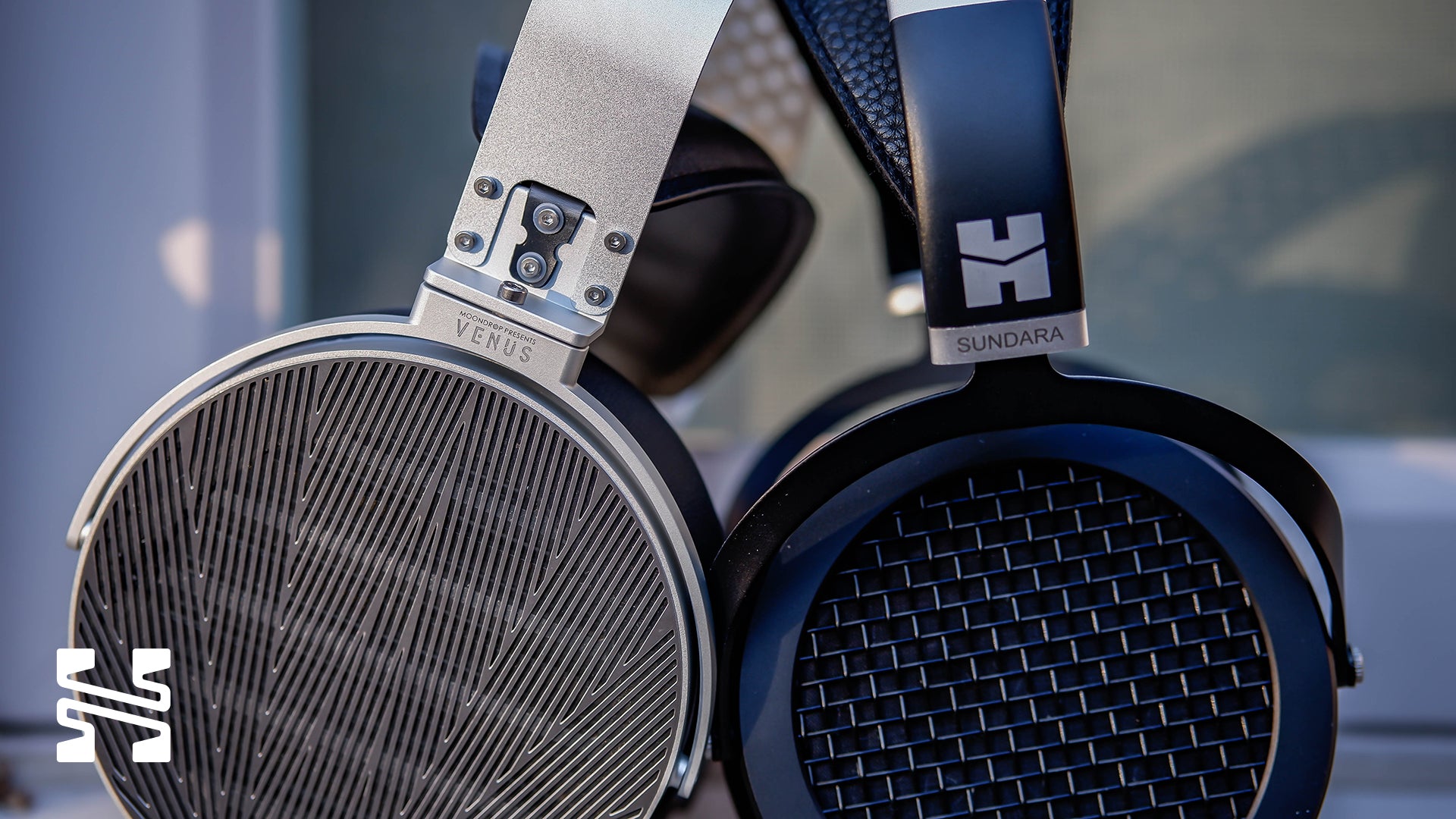
Despite being a price tier above the $300 Sundara, the Venus shares many of its traits with it. About half, I’d say. The tuning in the midrange is very similar, the soundstage size is similar, and its bass dynamics are similar. However where the Sundara sounds aggressive and forward, the Venus dials it a touch back. The crystalline treble timbre of the Sundara is corrected on the Venus, albeit with a major peak of its own at the 12 kHz mark. The bass of the Sundara is tighter with better slam and a cleaner transient response whereas Venus’ has more subbass presence and less midbass punchiness. The Venus however is more tonally correct with better midrange clarity. In addition, while the staging is comparable, the Venus does sound a little “bigger” than the Sundara.
Hifiman Sundara Headphones | 2020 Edition
HiFiMan Ananda

If the Venus shares half its traits with the Sundara, it shares the other half with the $700 Ananda. The biggest difference between the Venus and these two headphones is their staging and layering. The HiFiMan Edition XS and Ananda are more open than the Venus. This comes hand-in-hand with a wider soundstage, better imaging, and more space for instruments to thrive in. Simply put, the Ananda is more effortless than the Venus with its sound presentation with clearer layering.
The Venus is once again more tonally correct with better midrange clarity and detail retrieval than the Ananda. Its treble is also better tuned than the Ananda’s. Despite them looking similar on a graph, the Ananda’s somehow sound rougher than the Venus’ with harder peaks. Bass dynamics on both are fairly similar though the Venus does extend further into the subbass. However because the Ananda doesn’t dip as much, it feels like it has more bass quantity. Not to mention its bass is better controlled with better definition.
I didn’t have the Edition XS on hand but you can read my Edition XS review as it directly compares to the Ananda.

Value
The Venus is better than the Sundara in my eyes and is the one I’d pick. Compared to the Ananda, I’m 45-55 split towards the Ananda. Despite the Venus having clearly improved timbre and midrange clarity, there’s something about the Ananda that I prefer. I think it’s a combination of fitting my head better and its overall presentation. It’s one of those je ne sais qoui qualities that you can’t exactly put to words and only know if you really sit down and spend time comparing. And even then, it’s a slim margin. I can’t justify spending the extra $200 for the Ananda over the Venus. Thus the closest comparison is the Edition XS. But I’m personally not as keen on the Edition XS as the Ananda and thus would take the Venus over the Edition XS.
Hifiman Ananda Planar Magnetic Headphones - Stealth Magnets
With those comparisons out of the way, let’s talk price. Of all the headphones I’ve listed, the $300 Sundara remains the best value unless you can find the HD6X0 for $200. If the Venus was priced at $400, it would become the de facto recommendation from me. As it stands, it’s price competitive but not dominant. And that’s after MoonDrop knocked off $50 from its original price tag of $600. While all “audiophile” headphones are arguably luxury products, we’re not quite in kilobuck territory yet where the prices are a second thought to boutique items. If it was the only option in the market, MoonDrop can justify it. But as a new entrant competing for market share, I feel like MoonDrop might need to be a little more aggressive with its pricing.
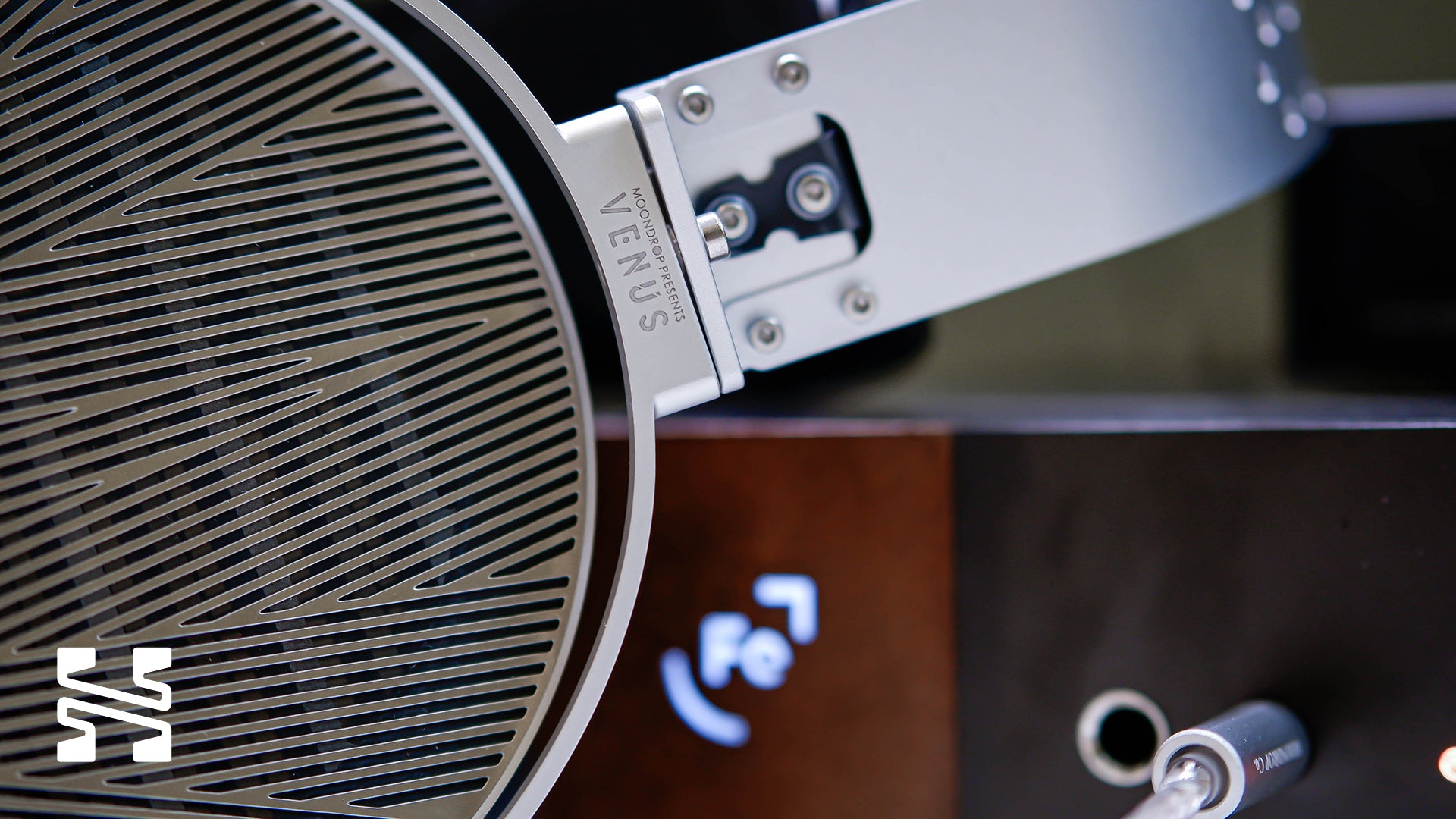
Should You Buy It?
Yes. While the MoonDrop Venus didn’t impress me at the start, I really did start to appreciate it while putting it through its paces for this review. MoonDrop should be proud of what they’ve achieved with the Venus. Few, if any, audio companies have managed to demonstrate excellence in both the headphone and IEM space. For example, despite Sennheiser’s long tenure in the industry and reputation for their headphones, their IEM line-up leaves much to be desired. Only their recently released IE600 and IE900 have made a splash in the IEM scene. Similarly, HiFiMan excels in on the planar stage but I can’t remember the last time anyone talked about any of their IEMs. While it remains to be seen how good the Void and MoonZero are, MoonDrop has at least shown that they’re capable of bringing competitive sound quality in a highly established market.


